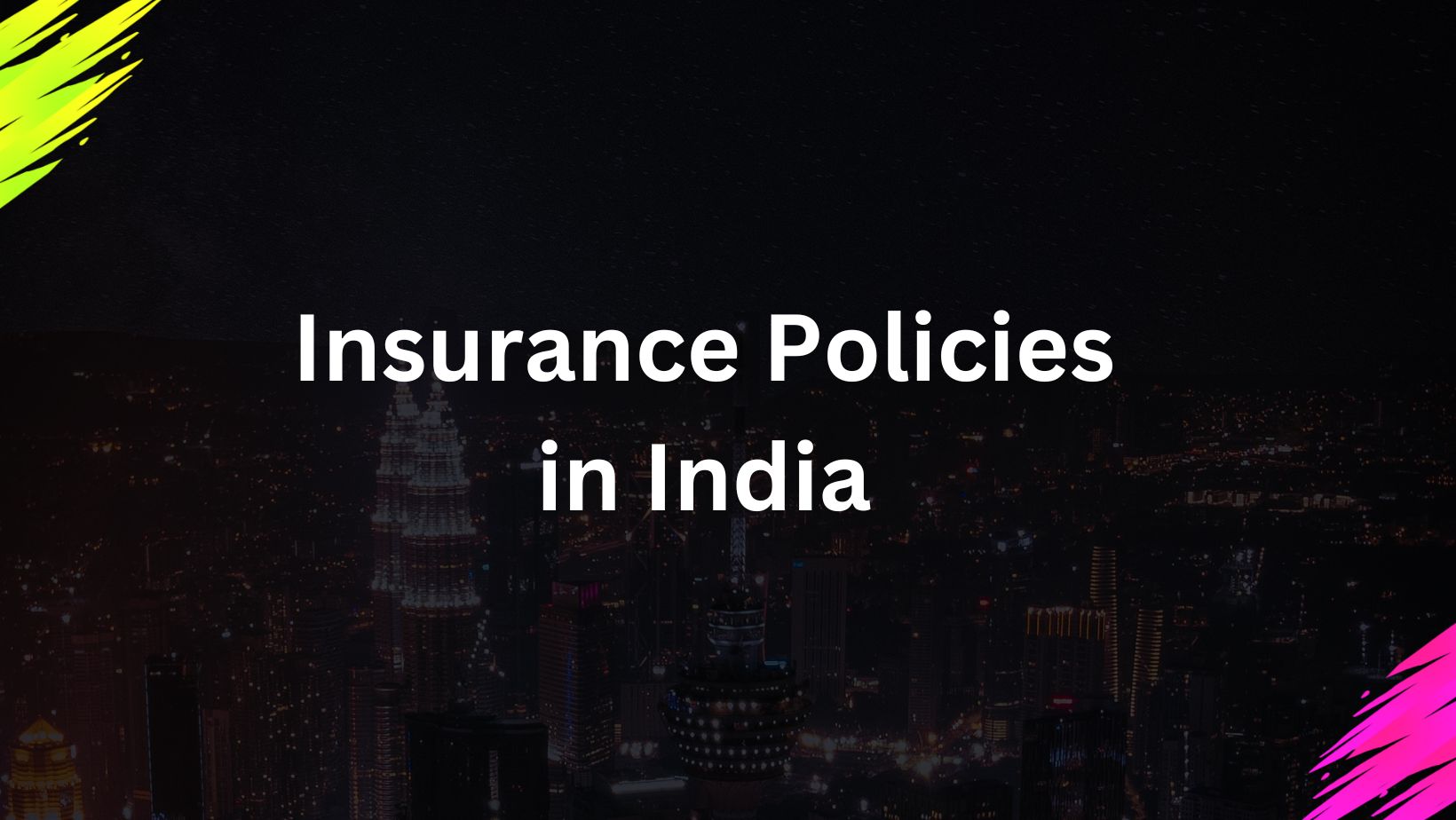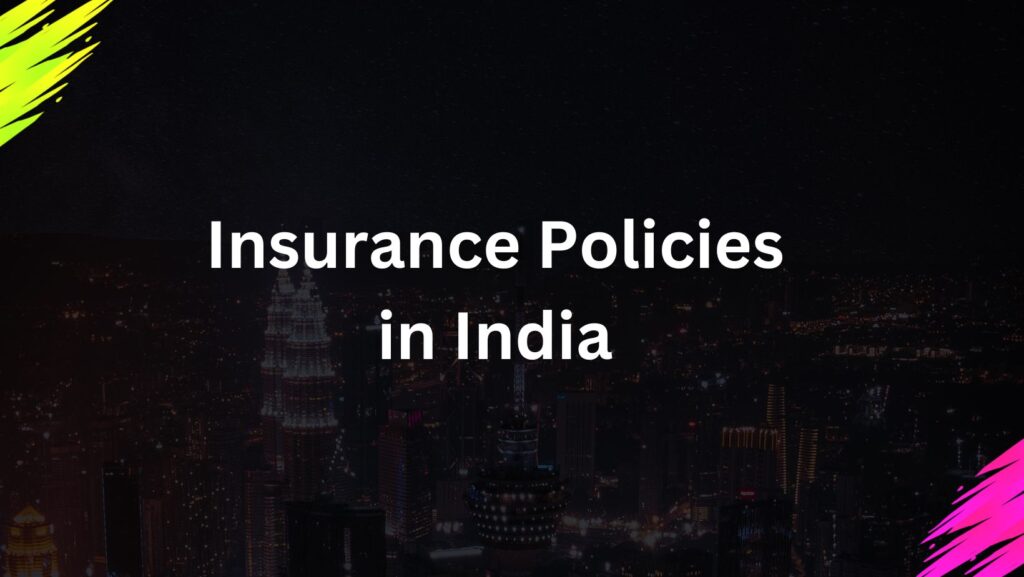Introduction
Life insurance is a crucial financial tool that provides financial security to individuals and their families in case of unforeseen events such as death, disability, or critical illness. In India, the concept of life insurance dates back to the early 19th century when the first life insurance company was established. Over the years, the life insurance industry in India has witnessed significant growth and transformation, offering a wide range of policies tailored to meet the diverse needs of the population. However, despite its importance, life insurance remains a topic shrouded in confusion and complexity for many individuals. This article aims to demystify life insurance policies in India by providing a comprehensive understanding of the different types of policies, their benefits, and how to make an informed choice when purchasing life insurance.
- Types of Life Insurance Policies in India
Term Insurance
Term insurance is the simplest and most affordable form of life insurance available in India. It provides coverage for a specific term, usually ranging from 5 to 40 years. In the event of the policyholder’s demise during the policy term, the nominee receives the sum assured as a death benefit. Term insurance does not have any savings or investment component; it solely provides financial protection. It is an excellent choice for individuals looking to secure their family’s financial future at a low cost.
Whole Life Insurance
These policies have a savings component, known as the cash value or surrender value, which accumulates over time. Policyholders can borrow against this cash value or surrender the policy to receive a lump sum amount. Whole life insurance is a long-term financial planning tool, often used for estate planning and wealth preservation.
Endowment Plans
Endowment plans combine life insurance coverage with savings and investment features. These policies pay out the sum assured either on maturity or in the event of the policyholder’s death, whichever occurs first. Endowment plans are suitable for individuals looking for a mix of protection and savings. They are often used to meet long-term financial goals such as buying a home or funding a child’s education.
ULIPs (Unit Linked Insurance Plans)
ULIPs are market-linked insurance products that offer both life insurance coverage and the opportunity to invest in equity, debt, or hybrid funds. A portion of the premium paid is allocated to provide insurance coverage, while the rest is invested in the chosen funds. ULIPs provide policyholders with the flexibility to switch between funds based on their risk tolerance and financial goals. These plans are suitable for individuals seeking to participate in the stock market while securing life insurance.
Money-Back Policies
Money-back policies are a variation of endowment plans that offer periodic payouts during the policy term. Policyholders receive a percentage of the sum assured at regular intervals, which can be used for various financial needs. If the policyholder survives the entire term, they receive the balance sum assured along with any bonuses declared by the insurance company.
- Benefits of Life Insurance Policies in India
Financial Security
The primary benefit of life insurance is the financial security it provides to the policyholder’s family in the event of their untimely demise. The sum assured helps cover immediate expenses, such as funeral costs, outstanding debts, and day-to-day living expenses.
Wealth Accumulation
Certain life insurance policies, like endowment plans and whole life insurance, enable policyholders to accumulate wealth over time. These policies offer a savings component that can be used to achieve long-term financial goals.
Tax Benefits
Life insurance policies in India offer tax benefits under Section 80C and Section 10(10D) of the Income Tax Act, 1961. Premiums paid on life insurance policies are eligible for deductions from taxable income, and the maturity amount or death benefit is tax-free.
Loan Facility
Many life insurance policies allow policyholders to take loans against the cash value of their policy. This can be helpful during emergencies or for meeting financial needs without affecting the policy’s coverage.
Additional Riders
Life insurance policies often offer riders or add-ons that can enhance the coverage. Common riders include critical illness, accidental death, and waiver of premium, providing additional protection as per the policyholder’s needs.
III. How to Make an Informed Choice When Purchasing Life Insurance
Assess Your Needs
Before purchasing a life insurance policy, it’s essential to assess your financial needs and goals. Consider factors such as your age, income, dependents, outstanding debts, and long-term financial objectives. This assessment will help you determine the appropriate type and coverage amount for your policy.
Understand Policy Terms and Conditions
Carefully read and understand the terms and conditions of the insurance policy. Pay attention to factors such as the premium amount, policy tenure, grace period, and the process for filing a claim. Clear comprehension of these details is crucial to avoid any surprises later on.
Compare Policies
India has numerous life insurance providers offering a wide range of policies. It’s advisable to compare policies from different insurers to find the one that best suits your needs. Consider factors like premium cost, coverage amount, policy features, and the insurer’s reputation.
Determine Premium Affordability
Ensure that the premium amount is affordable and fits within your budget. Missing premium payments can lead to policy lapses and loss of coverage. Calculate your budget and choose a policy with premiums that you can comfortably pay throughout the policy tenure.
Review Claim Settlement Ratio
The claim settlement ratio of an insurance company indicates how efficiently they settle claims. Choose an insurer with a high claim settlement ratio, as it suggests a higher likelihood of your nominee receiving the sum assured without complications.
Consult a Financial Advisor
If you are unsure about which policy to choose or how much coverage you need, consider consulting a certified financial advisor. They can provide personalized guidance based on your financial situation and goals.
Conclusion
Life insurance plays a vital role in providing financial security and peace of mind to individuals and their families. It serves as a safety net, ensuring that loved ones are financially protected in case of unforeseen events. In India, the life insurance landscape offers a diverse range of policies, each catering to different needs and preferences.
Understanding the types of life insurance policies available, their benefits, and how to make an informed choice is essential for anyone considering purchasing coverage. Term insurance is ideal for those seeking pure protection, while endowment and ULIPs offer a combination of savings and insurance. Whole life insurance and money-back policies cater to long-term financial goals.
The benefits of life insurance extend beyond just financial protection; they include wealth accumulation, tax benefits, and the availability of loan facilities. Additionally, riders can be added to policies for enhanced coverage.
To make an informed choice, individuals should assess their financial needs, understand policy terms and conditions, compare policies from different insurers, and ensure premium affordability. Consulting a financial advisor can provide valuable insights and recommendations tailored to one’s unique situation.
Demystifying life insurance policies in India is about empowering individuals to make informed decisions that align with their financial goals and priorities. By doing so, they can secure their future and provide their loved ones with the financial security they deserve. Life insurance is not just a financial product; it’s a means to protect the dreams and aspirations of those we care about most.

